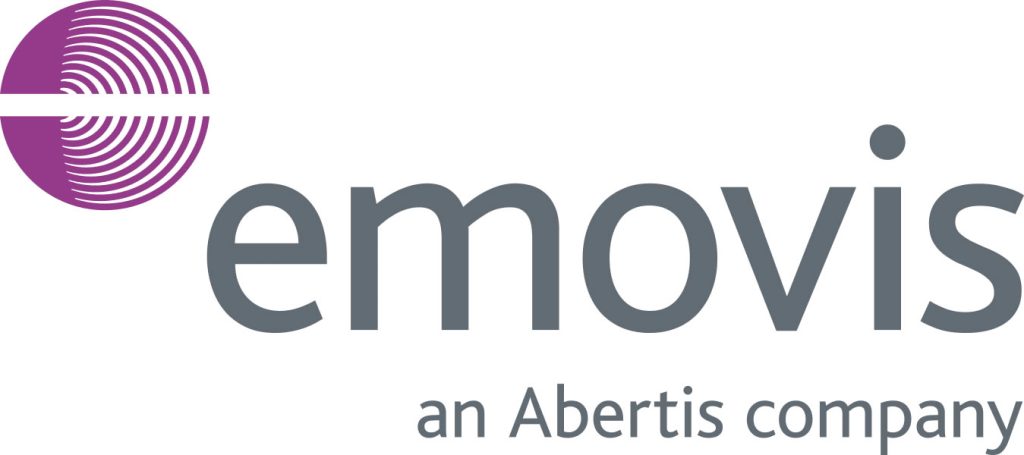
In many local authorities, there is a significant volume of PCNs issued to vehicles that are registered to fleet companies (this can be up to around 10% of PCNs in many Taranto System’s clients).
In the traditional process, there is a high level of manual intervention in the processing back- office to obtain the keeper details for a Transfer of Liability (see the process flow diagrams below), which results in inefficiency and additional operating costs related to staff time, scanning, printing, DVLA lookup (VQ4/VQ5), and postage.
Taranto Fleet Bureau automates large parts of the fleet vehicle PCN handling process and delivers material operational savings to any council that uses it. The solution:
Taranto spent over two years creating this solution. It was internally funded with input and advice sought from industry experts. The application was developed in conjunction with private sector fleet sector organisations such as Enterprise-Rent-A-Car and SAFO, the British Vehicle and Rental Licencing Association (BVRLA), several UK local authorities and emovis (the Mersey Gateway and Dartford FreeFlow operator).
The concept is truly unique and has been confirmed by the BVRLA as something groundbreaking within the fleet and parking sectors, hence the organisations’ willingness to assist with the development of the innovation.
Existing Fleet PCN handling process:
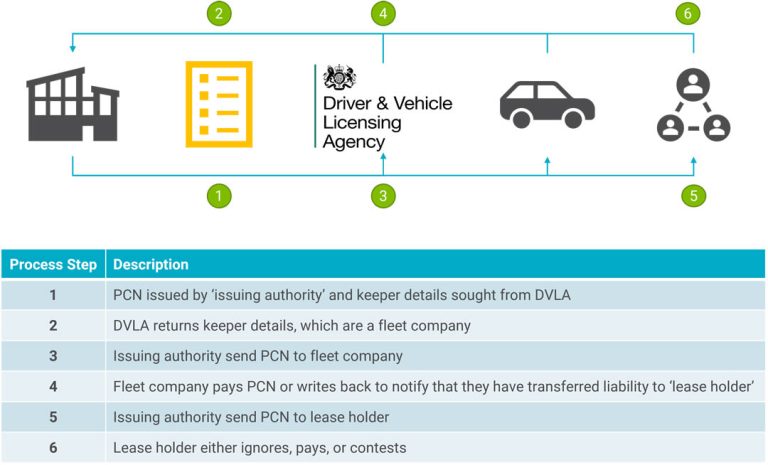
Taranto Fleet Bureau Fleet PCN handling process
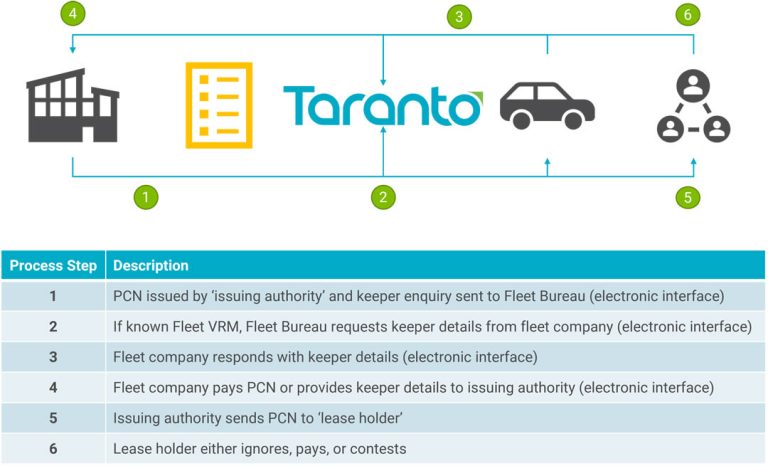
The table below outlines the typical progression path demonstrated via traditional methods and
how this compares to the Taranto Fleet Bureau.
| Paper | Taranto Fleet bureau | ||
| Week1 | Monday | PCN reviewed | PCN reviewed |
| Tuesday | DVLA request sent | DVLA request sent, Batched and sent Electronically | |
| Wednesday | DVLA Response received PCN printed | TOL received processed | |
| Thursday | Postal process | PCN re-batched and printed | |
| Friday | PCN received by fleet company | Postal process | |
| Saturday | PCN Paid or rep raised | ||
| Sunday | |||
| Week2 | Monday | PCN scanned by fleet company | |
| Tuesday | PCN sits in pile awaiting processing | ||
| Wednesday | PCN sits in pile awaiting processing | ||
| Thursday | Fleet company Post TOL | ||
| Friday | Merseyflow Scan / create workflow | ||
| Saturday | |||
| Sunday | |||
| Week3 | Monday | TOL sits in pile awaiting processing | |
| Tuesday | TOL sits in pile awaiting processing | ||
| Wednesday | TOL performed | ||
| Thursday | PCN re-batched and Printed | ||
| Friday | postal process | ||
| Saturday | PCN Paid or rep raised | ||
| Sunday |
The Taranto Fleet Bureau trial was started with Taranto client emovis as part of the Mersey Gateway scheme. The trial started on Wednesday 19th September 2018 and this used just one brand of fleet company vehicles (Hertz) to ensure a low volume so that manual checks could be made at all stages.
Results were collated after 20 working days in the trial after nearly 350 PCNs were recorded via the service.
| Count | |
| 46 | Paid direct by the fleet company on the Merseyflow website. |
| 262 | Transfer of liability the next day |
| 39 | Still awaiting updates |
A comparison has been made for exactly the same VRMs all belonging to Hertz for the Paper issued tickets.
Payments: The below shows the number of calendar days between the PCN being generated and the day paid. As can be seen, the Taranto Fleet Bureau PCN gets paid quicker as the fleet company are not having to wait for PCNs to be delivered physically in the post. This also reduces administration time as the fleet company are not having to open the envelopes, scan the contents and process the payment manually.
PCNs issued via the Fleet Bureau were predominantly paid the day after they were issued increasing cash flow for the Fleet Bureau Customer (in this case Mersey).
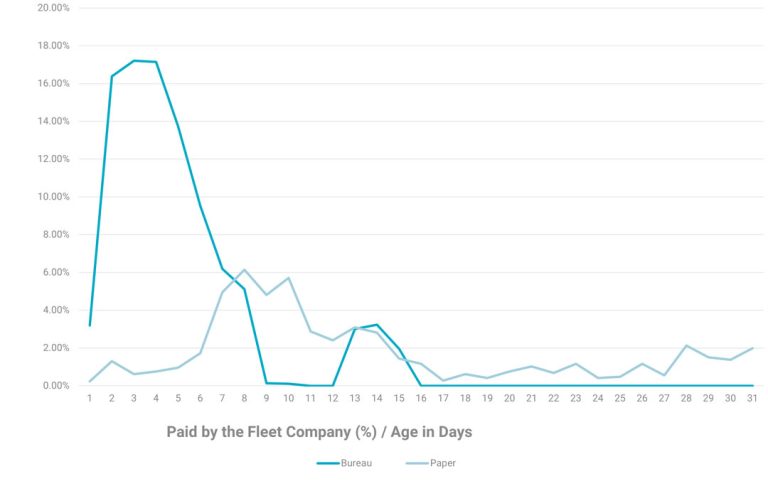
Transfer of Liability (TOL) – The PCN that was sent to Hertz electronically, has the TOL performed electronically and is then posted out physically to the hirer.
This means that the PCN will be with the hirer much quicker than traditional means, yielding a greater possibility of being paid quicker.
Of the PCNs that were then paid by the hirer, a majority of these are paid within 7-9 days of the PCN first being issued to Hertz.
Before the trial, the quickest a PCN was ever paid was day 16. Although the majority were paid 28 days after the PCN was first issued.
As well as providing a better service to the hirer (through alerting them to their PCN in quicker amount of time), this is increasing the cash flow via the Taranto Fleet Bureau client.
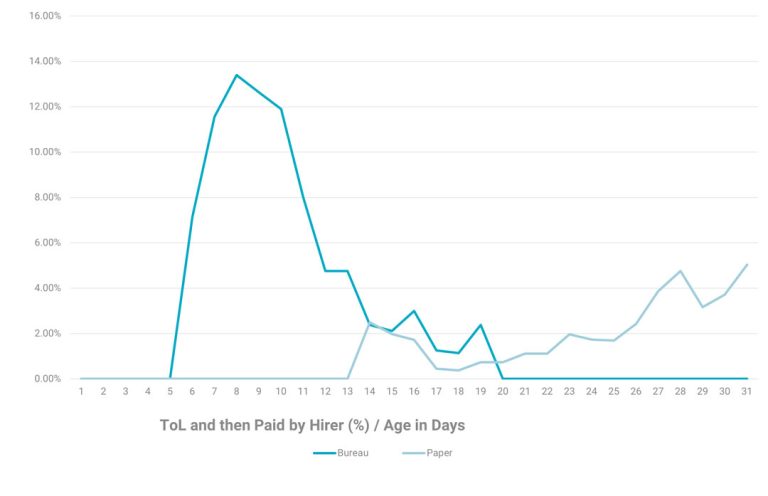
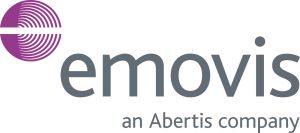
Now the trial has been proven the number of cases has been extended beyond one fleet company and numerous fleet organisations are populating the Taranto Fleet Bureau with their vehicle details, rendering the solution even more useful.
The system is market-ready and is already used in numerous operations within the Taranto client base.
We have also introduced additional integrations required for further operational set-ups. Indeed even non-Taranto clients can “tap in” to the solution. The Taranto Fleet Bureau has the ability to interface with numerous external applications and third parties. This is achieved using a number of different web services that allow two-way communications with external sources. These web services are scalable, resilient, self-describing and well documented so third parties can easily interface with them with little assistance – meaning that the Taranto Fleet Bureau can be made accessible to Local Authorities or Private Operators that aren’t using the Taranto back-office enforcement solution.
Additionally, the amount of fleet companies populating Fleet Bureau with data is being constantly increased. This is being done through relationships that have been developed over the past two years, but also in conjunction with the BVRLA.
This is a truly unique solution that adds efficiency to the parking and fleet industries, as well as providing a better service to the public.
